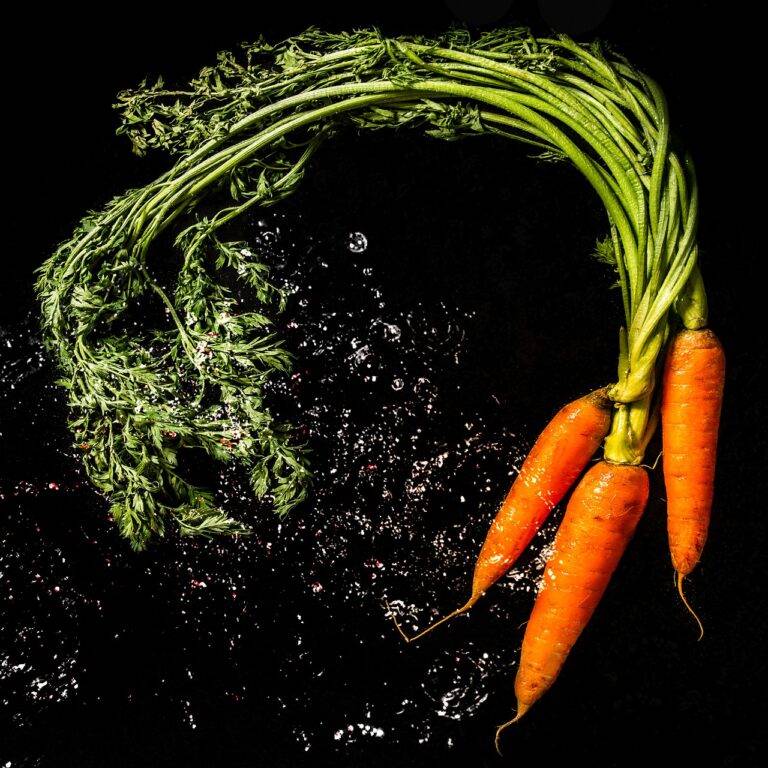The Role of Technology in Improving Food Safety Standards
Food safety standards play a crucial role in safeguarding public health by ensuring that the food we consume is free from harmful contaminants. These standards help to minimize the risk of foodborne illnesses and maintain the quality and integrity of the food supply chain. By adhering to strict regulations and guidelines, food producers and distributors can instill confidence in consumers and foster trust in the products they purchase.
Without proper food safety standards in place, there is a heightened risk of contamination, which can lead to outbreaks of illnesses and even fatalities. Implementing and enforcing these standards is essential to prevent the spread of foodborne pathogens and maintain the overall safety of the food we eat. Consumer awareness and education about the importance of food safety also play a significant role in promoting responsible practices throughout the food industry.
Challenges in Ensuring Food Safety
Food safety remains a critical concern in the food industry due to the complexity of the supply chain and the various stages involved in food production. Ensuring that food products are safe for consumption from farm to fork poses significant challenges for regulatory bodies and food manufacturers alike.
One of the primary challenges in maintaining food safety is the risk of contamination during the processing and packaging stages. Despite stringent protocols and hygiene practices, the introduction of pathogens or harmful substances can occur at any point in the production process, making it imperative for companies to implement robust quality control measures to mitigate these risks.
Traditional Methods vs. Technological Solutions
Traditional methods and technological solutions are two distinct approaches when it comes to ensuring food safety. In traditional methods, food safety relies heavily on manual processes, monitoring, and inspection by individuals. This approach often involves practices such as visual inspection, sensory evaluation, and basic preservation techniques to prevent food contamination.
On the other hand, technological solutions offer innovative tools and systems to enhance food safety measures. Technologies such as blockchain, IoT devices, and data analytics are transforming the way food safety is monitored and managed. These solutions provide real-time data analysis, traceability, and automated monitoring systems, which can help detect issues early and prevent potential risks to food safety.





